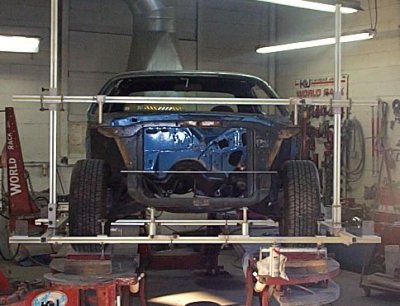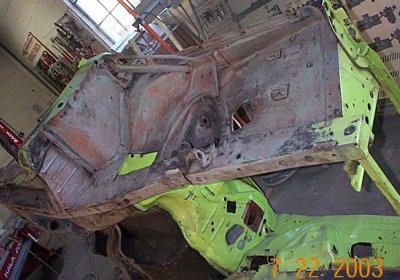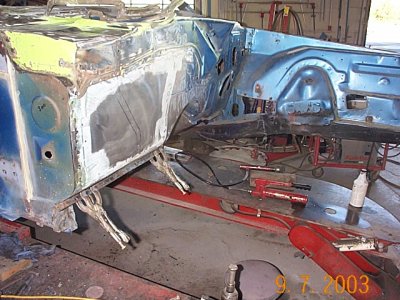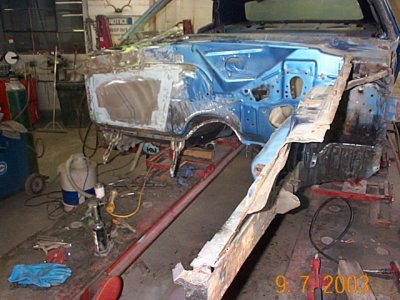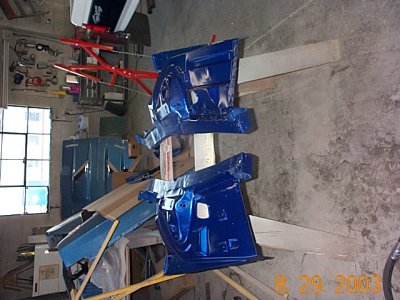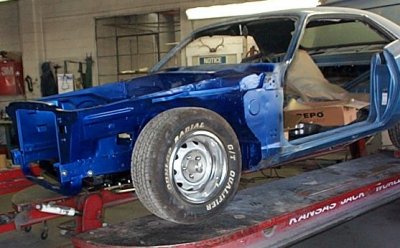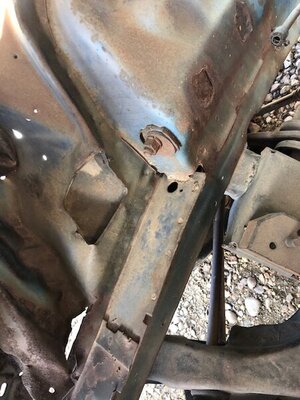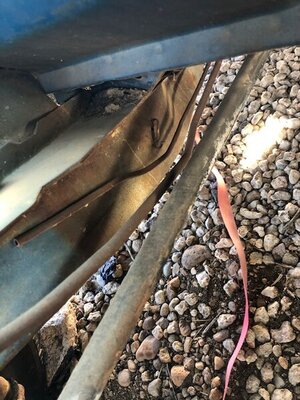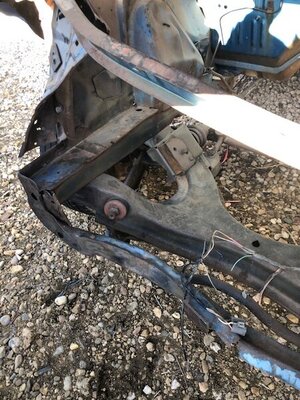Robliepse
Well-Known Member
getting around to replacing both front frame rails on my 72 Roadrunner GTX and both rails on my donor Satellite are in really good shape. The K frame, radiator support are still in place. One thought is to remove both rails at the same time leaving the k frame and support in place and install it as one assembly which would keep them square. My concern is that this would be to heavy and difficult to align and would be a pain in the butt.
Second thought is to do it like 99% of the rest of the population does and block the car measure, measure , measure and replace them one at a time. I searched all the frame rail post on the forum and I've never seen anyone mention doing both at once. Even if I do move both at once I'd still have to document and move the frame rail because it has the 72 GTX VIN stamp.
Has anyone had any experience or similar thoughts about doing both at once?
Second thought is to do it like 99% of the rest of the population does and block the car measure, measure , measure and replace them one at a time. I searched all the frame rail post on the forum and I've never seen anyone mention doing both at once. Even if I do move both at once I'd still have to document and move the frame rail because it has the 72 GTX VIN stamp.
Has anyone had any experience or similar thoughts about doing both at once?

